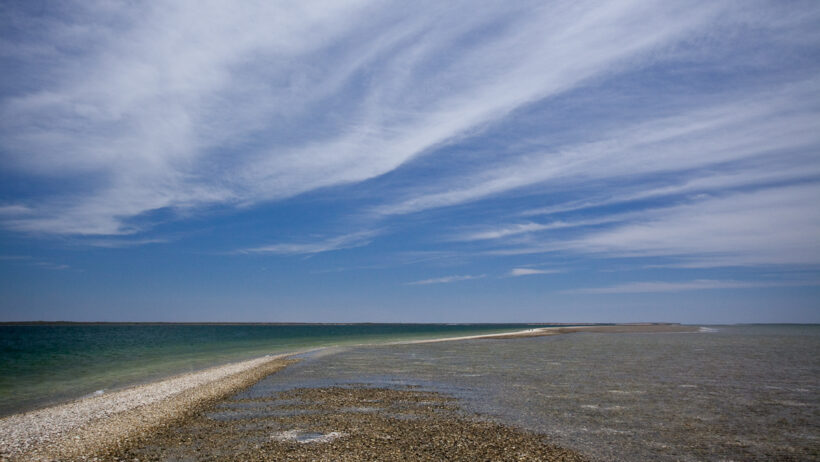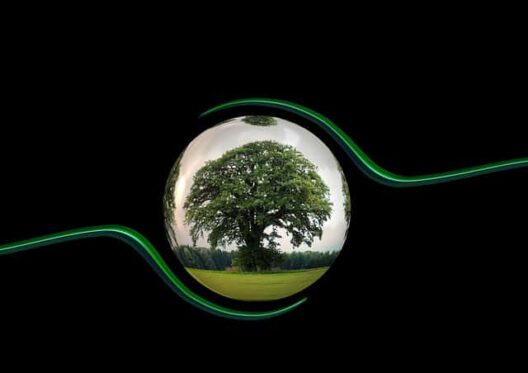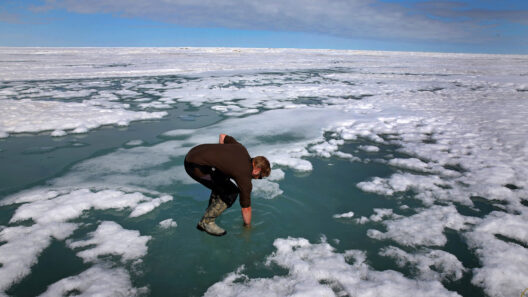As the planet’s climate continues to change, numerous species are grappling with the repercussions of environmental upheaval. Among the most affected are pond turtles, whose survival is increasingly jeopardized by rising temperatures and shifting habitats. With their unique ecological roles and intricate life cycles, pond turtles offer a compelling glimpse into the broader impacts of global warming on biodiversity.
To understand how global warming affects pond turtles, one must first appreciate their intricate ecological niche. Pond turtles are not simply inhabitants of aquatic ecosystems; they play a pivotal role in maintaining the health of these environments. Their diets, which include aquatic plants, insects, and small fish, contribute to the balance of food webs. Additionally, as they move between land and water, they help in nutrient cycling—decomposing organic material and redistributing nutrients in various habitats. When these turtles begin to struggle, the ramifications are felt throughout the ecosystem.
The impacts of global warming on pond turtles manifest in several distressing ways. Elevated temperatures threaten the delicate balance of their breeding and nesting behaviors. For many species of turtles, the temperature of the environment directly influences the sex of their offspring. For instance, warmer nest temperatures can lead to a higher proportion of female turtles, which could soon skew population dynamics. If these trends persist, the genetic diversity of turtle populations could erode, leading to further vulnerability.
In addition to altering sex ratios, global warming exacerbates habitat loss through rising water levels and increasing frequency of extreme weather events. Wetlands and freshwater bodies, which serve as crucial habitats for pond turtles, are encroached upon by urban development and agriculture, leaving these species with fewer places to thrive. Furthermore, severe flooding or droughts—intensified by climate change—disrupt the delicate aquatic ecosystems that pond turtles depend on for their survival. In such scenarios, ponds may dry up or become unsuitable for nesting.
The consequences of global warming extend beyond immediate physical threats. Changes in temperatures and precipitation patterns can also influence the hibernation patterns of pond turtles. Many species enter a hibernation-like state during colder months, but with fluctuations in temperature, their cues for hibernation can become misaligned. If turtle populations emerge from hibernation too early due to unseasonably warm spells, they may face food scarcity and higher predation rates, affecting their chances of survival.
It is also important to note the role of invasive species, which thrive in warmer conditions. As global temperatures rise, some non-native species gain a foothold in pond ecosystems. Aquatic plants and predatory fish can alter the food supply and competitive landscape, putting further pressure on an already struggling pond turtle population. The introduction of these species can lead to increased competition for food and nesting resources, exacerbating the challenges faced by turtles.
Despite these daunting challenges, there is a growing body of conservation efforts aimed at protecting pond turtles from the perils of climate change. Preservation of natural habitats remains a cornerstone of these initiatives. By safeguarding existing wetlands and restoring degraded ecosystems, advocates aim to provide safe havens for turtles to thrive. This proactive approach not only benefits turtles but also fosters overall biodiversity, as many species share these crucial habitats.
Additionally, public outreach and education play vital roles in conservation endeavors. Raising awareness about the plight of pond turtles can engage communities and inspire action. Simple measures, such as reducing pollution, minimizing plastic use, and promoting clean water practices, can have lasting benefits on aquatic ecosystems. Community involvement in local conservation efforts can foster a sense of stewardship and responsibility for the environment and its inhabitants.
In tandem with local efforts, policy changes at the governmental level can also yield significant impacts. Advocating for robust climate change policies, habitat protection laws, and sustainable land management practices contributes to a larger framework for the survival of pond turtles. By addressing the root causes of global warming, societies can work toward mitigating its impacts on vulnerable ecosystems.
Research and monitoring are equally critical. Scientists and conservationists must closely study pond turtle populations and their habitats to gather data that inform effective strategies. Understanding which species are most at risk and how they respond to changing environments can guide adaptive management techniques. Engaging in long-term monitoring can uncover patterns that may prompt immediate interventions, ensuring that mitigation strategies are effective and timely.
Ultimately, the plight of pond turtles serves as a microcosm of the broader environmental challenges humanity faces. The interconnectedness of all species emphasizes the need for a holistic approach to conservation. By recognizing the cascading effects of climate change on ecosystems and acting to preserve these delicate balances, there exists the potential for a brighter future for pond turtles and their aquatic homes.
In conclusion, global warming presents multifaceted challenges to pond turtles, from altered reproductive patterns to habitat loss and increased competition. Understanding these impacts not only helps in devising conservation strategies but also underlines the urgent need for collective action against climate change. Our response to these challenges will shape the future of pond turtles, along with countless other species, and the ecosystems they inhabit.






